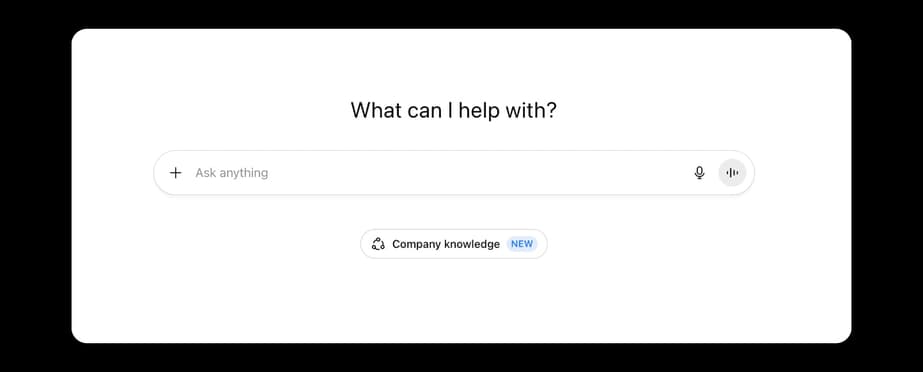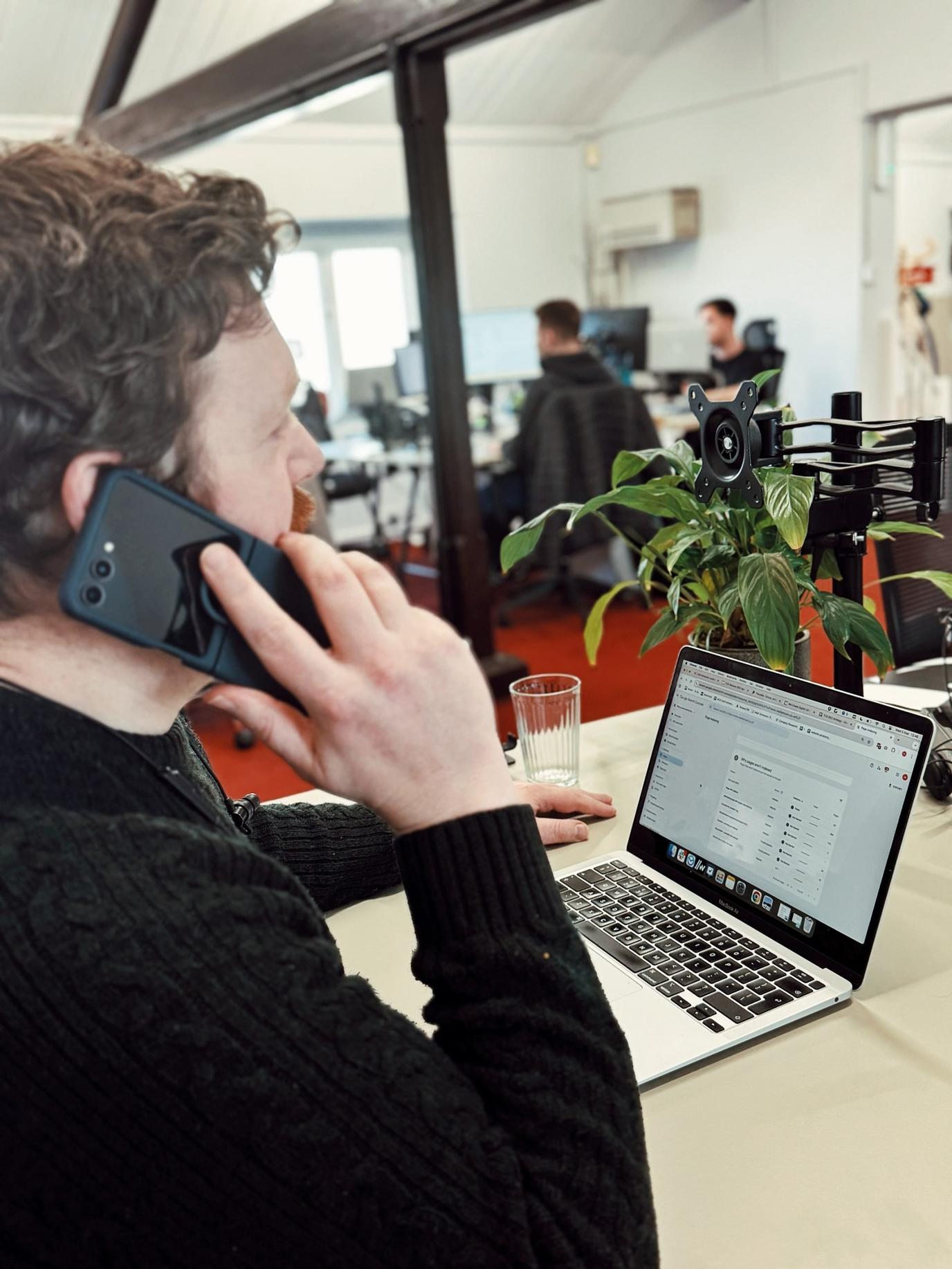AI-driven search is already influencing how people choose agencies and suppliers. If you are not appearing in the shortlists these platforms generate, you are missing high-intent opportunities.

We have just won another project with a client who found us through AI. It has made something very clear: AI search is already influencing how organisations choose suppliers. Many teams are not paying attention to it yet, or don’t understand what they need to do, which means there is a quiet advantage available for anyone who acts early.
This post breaks down what we are seeing, why it matters, and how you can check your own visibility in a very quick and easy way.
What we are seeing from real clients
We know we are appearing in AI search results because of three simple signals:
- Clients tell us directly that they found us through AI
- Our analytics show growing traffic arriving from AI platforms
- When we run searches we want to appear in, we consistently appear in recommended agency lists
None of this is theoretical. These are real clients, real projects, and real behaviour changes. People are not only using AI to research options, but also to shortlist and validate expertise before making contact.
Why visibility in AI search matters
AI search is different to traditional SEO. Whereas in Google someone might type a short phrase: “Accessibility web agency”, people are using AI to be much more specific. For example, “Find me a UK digital agency for eCommerce that is based in Essex and works with Magento”.
This is a question with several different criteria. AI doesn’t just match keywords, it goes beyond this. It looks for evidence across your site, your content, your credentials, your case studies, your footprint, and your wider signals of trust.
If you are missing that evidence, you will be invisible. If you have it, you are put forward as a recommended option.
How AI decides who to recommend
Every platform uses its own logic, but the common factors include:
- Clear statements of expertise
- Case studies that show real depth
- Signals of trust such as certifications or accreditations
- Consistent public information across your website and external platforms
- Structured, well-written content that AI can interpret
Because of this, organisations with strong fundamentals tend to perform well even if they have never deliberately “optimised for AI”.
The inverse is also true. If your website is vague, outdated, or inconsistent, the AI tools have nothing to go on and will not recommend you.
How to check whether you show up in AI search
A growing number of tools offer AI visibility assessments, and many of them are helpful. But one of the most effective checks is also the simplest: do the search yourself.
Be specific. Include the criteria you want to be found for, and importantly, that the clients or customers are actually searching for. There may be a difference between what people are searching for and what you want them to search for – the results you get may help to highlight that.
For example:
“UK digital agency specialising in accessibility – must have a CPACC certification and experience working on complex projects”
This search brings us up in the results.
The value is not just in seeing whether you appear, but also where you appear. Furthermore, it helps in understanding the gap between the expertise you offer and the signals your organisation actually gives out. You can see what the results say about you and whether you’re happy with what it pulls out.
What to do if you do not appear
If you try a realistic search and you are nowhere to be seen, that is not a failure. It is a starting point.
Work through the following steps:
- Clarify what you want to be known for
- Check what clients or customers are searching for
- Check whether your website clearly expresses that
- Strengthen the evidence that will lead to the results you want to see
You can go a long way by tightening your service pages, adding real case studies, stating certifications, and making it easier for AI to understand what you do well. There are changes you can make to your website that go beyond content on the page too.
Why now is the right time to care
Very few organisations are paying attention to AI search optimisation. There’s lots of chatter about it and agreement it is important, but not much evidence that action is being taken. It may be because organisations don’t understand what to do.
This creates a window where early movement makes a noticeable difference. It is similar to the early stages of mobile-first design or schema markup. The teams who took action early got a headstart and everyone else had to catch up.
In summary
Appearing in AI-driven searches is only going to become more important. People using these tools tend to ask very specific questions, which often means higher intent. They are not looking to scroll through pages of Google results. They want a focused shortlist with clear reasons why each organisation is a good fit.
If you want to be considered, you need to make that shortlist.
Check whether you appear. If you don’t, look at who does. Study their signals, their clarity, and the evidence they present. Ask the AI platform why you were not included. Use that feedback to build a simple plan to strengthen your AI visibility.
FAQs.
You can use tools, or you can quickly do the search yourself. Look at a variety of searches for what your clients or customers may search for. If you’re not sure – ask them. We often ask people who get in touch with us how they find us. They may not remember the specific search but they should be able to broadly tell you what they looked for.
Look at who does appear in the shortlist of AI recommendations – why are they being put forward? What examples are given for how they meet the criteria you asked about?
Then ask the AI platform – why wasn’t your organisation recommended?
Make a list of the feedback and create an action plan. Furthermore, carry out an analysis of whether your website and pages are structured to make it easy for AI to use the information you’ve provided.
This is where we can help. We can audit your website to understand what is missing. We can then make changes or put together a list of recommendations for your own team to carry out. We often carry out general website audits or site MOTs, but we can also do specific reviews of certain areas, such as AI optimisation.





